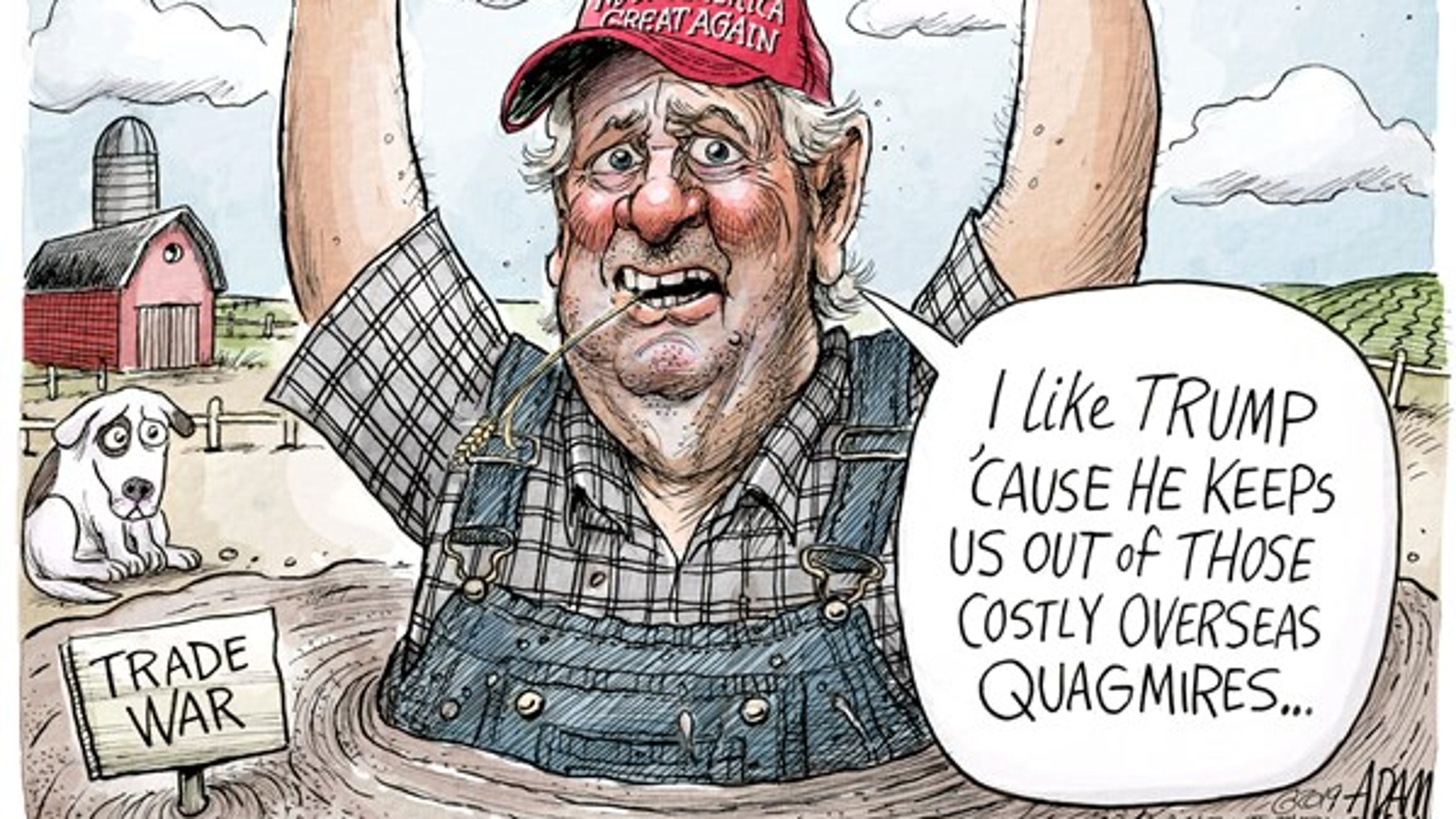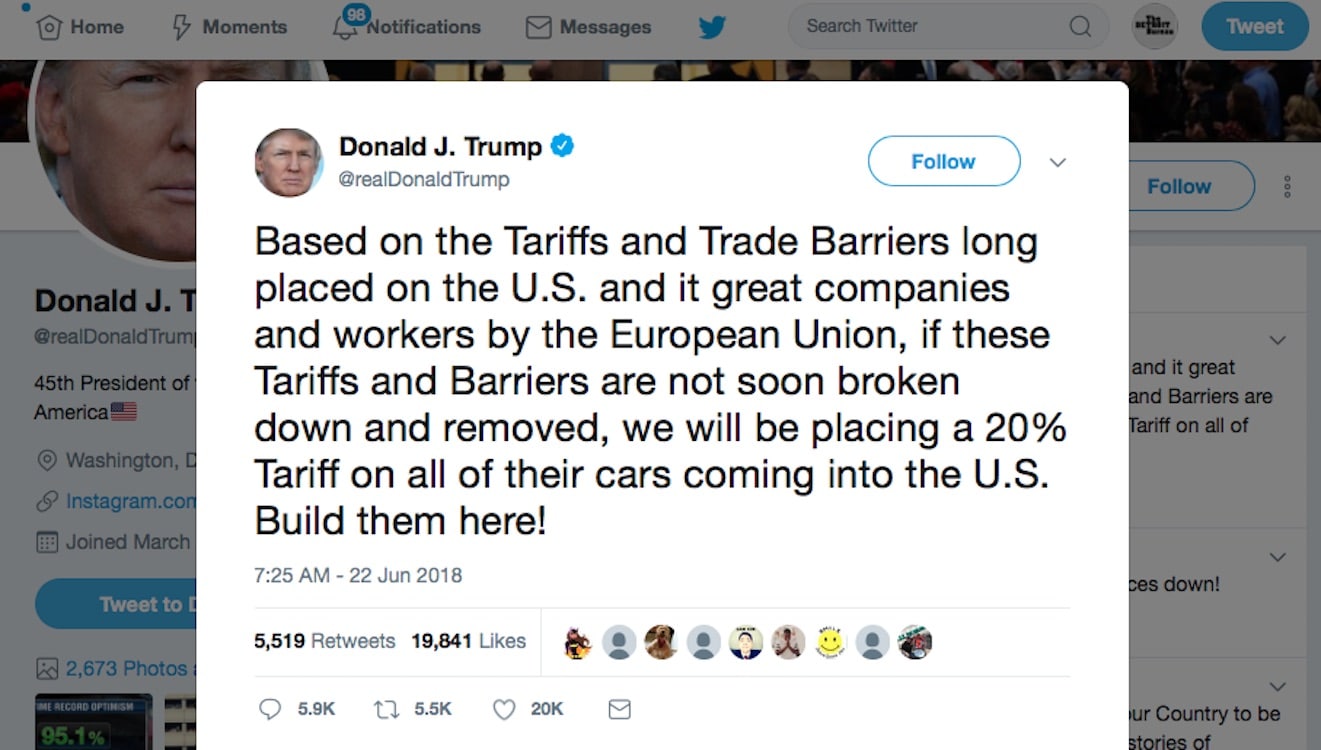
The recent decision by the Trump administration to reverse tariffs on certain imported goods has sent ripples throughout the global trade landscape. After imposing tariffs on various countries, including China, the move to pause these tariffs for 90 days has raised questions about the motivations behind this decision and its potential impact on the economy. In this article, we will delve into the reasons behind the tariff reversal and what it means for businesses and consumers in the United States and beyond.
Background: The Tariff Imposition
In 2018, the Trump administration imposed tariffs on approximately $360 billion worth of imported goods from China, citing unfair trade practices and intellectual property theft. The move was intended to protect American industries and workers, but it led to retaliatory measures from China, resulting in a trade war. The tariffs had a significant impact on various sectors, including agriculture, manufacturing, and technology.
The 90-Day Pause: Reasons and Implications
The decision to pause tariffs for 90 days was announced in December 2020, as part of a broader trade agreement between the United States and China. The pause affects tariffs on certain goods, including electronics, clothing, and toys. The move is seen as a positive step towards de-escalating the trade tensions between the two nations.
There are several reasons behind the tariff reversal:
Economic pressure: The ongoing trade war had resulted in significant economic losses for both countries. The pause is intended to alleviate some of the pressure and allow for negotiations to continue.
Political considerations: The move is also seen as a political gesture, aiming to improve relations between the United States and China, particularly in the lead-up to the 2020 presidential election.
Business interests: The pause is expected to benefit American businesses that rely on imported goods from China, as it will reduce their costs and increase their competitiveness.
What to Expect After the 90-Day Pause
The 90-day pause provides a temporary reprieve for businesses and consumers affected by the tariffs. However, the future of trade relations between the United States and China remains uncertain. Some possible outcomes include:
Renegotiation of trade agreements: The pause may lead to renewed negotiations between the two countries, potentially resulting in a more comprehensive trade agreement.
Permanent tariff removal: Depending on the outcome of the negotiations, the tariffs may be permanently removed, providing a boost to trade and economic growth.
Escalation of trade tensions: If negotiations fail, the trade war may escalate, leading to further tariffs and economic instability.
The Trump administration's decision to reverse tariffs on certain imported goods has significant implications for the global trade landscape. While the 90-day pause provides temporary relief, the long-term outcome remains uncertain. As the world watches the developments in the US-China trade relations, one thing is clear: the future of international trade will be shaped by the actions of these two global economic powerhouses. Businesses and consumers must remain vigilant and adapt to the changing trade environment to stay competitive and thrive in the years to come.
By understanding the reasons behind the tariff reversal and the potential implications, we can better navigate the complex world of international trade and make informed decisions about our economic futures. As the situation continues to evolve, stay tuned for updates and insights on the US-China trade relations and their impact on the global economy.









